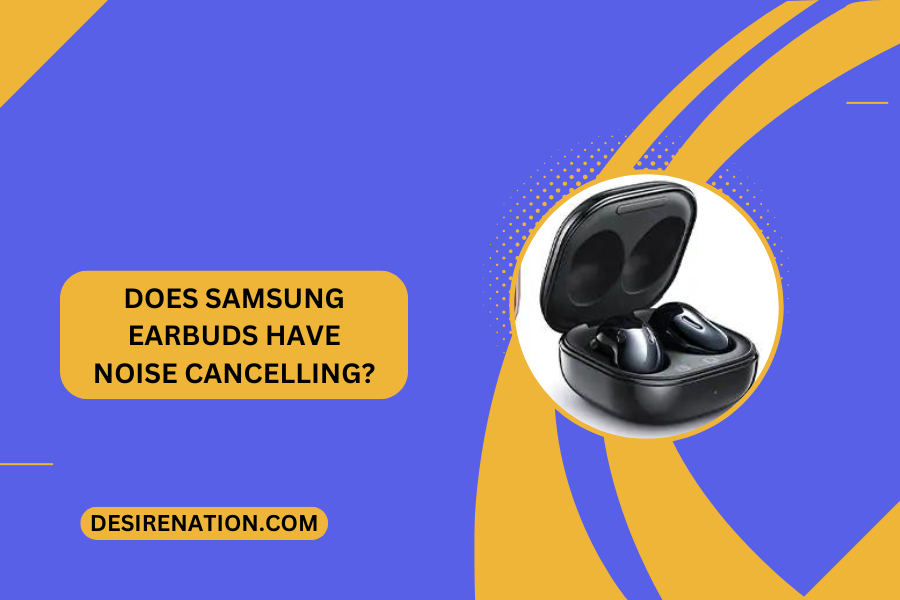Sennheiser headphones are renowned for their premium audio quality, and for some users, creating a custom cable with XLR connectors can enhance their versatility. Whether you’re aiming for professional audio recording or simply seeking a customized solution, making a Sennheiser cable with XLR connectors can be a rewarding project. In this guide, we’ll take you through the step-by-step process of creating your own Sennheiser cable with XLR connectors.
Materials Needed:
- Sennheiser headphones with a detachable cable
- XLR male connectors (number depends on your desired configuration)
- Shielded cable (compatible with the Sennheiser headphones and XLR connectors)
- Soldering iron and solder
- Wire stripper
- Heat shrink tubing
- Multimeter (optional but useful for checking continuity)
Step 1: Gather Materials and Plan Your Cable:
Ensure you have all the necessary materials listed above. Plan the length and configuration of your cable, taking into account the distance you need to cover and the type of connectors required.
Step 2: Remove the Existing Cable:
If your Sennheiser headphones come with a detachable cable, carefully remove the existing cable by unplugging it from the headphones. Take note of the connection type and polarity.
Step 3: Strip the Wires:
Using a wire stripper, carefully strip the insulation from the ends of the wires on both the headphone side and the XLR connector side. Make sure to expose enough bare wire for soldering.
Step 4: Identify Wiring Connections:
Refer to the user manual of your Sennheiser headphones to identify the wiring connections. Usually, there will be a left and right channel, ground, and possibly a microphone or additional features.
Step 5: Connect Wires to XLR Connectors:
Solder the wires to the corresponding pins on the XLR connectors. Typically, pin 1 is ground, pin 2 is positive, and pin 3 is negative. However, refer to the specific pinout for your Sennheiser model.
Step 6: Use Heat Shrink Tubing:
Slide heat shrink tubing over the soldered connections and use a heat source (such as a heat gun) to shrink the tubing, providing insulation and strain relief.
Step 7: Test Continuity:
If you have a multimeter, check the continuity of your connections to ensure there are no short circuits or loose connections.
Step 8: Secure and Finish:
If your headphones have a strain relief mechanism, secure the cable in place. Make sure all connections are solid and well-insulated.
Step 9: Test Your Cable:
Connect your newly made Sennheiser cable with XLR connectors to your audio source and headphones. Test the audio channels and ensure that the cable functions as intended.
Conclusion:
Creating a Sennheiser cable with XLR connectors allows you to tailor your audio setup to your specific needs. By following this step-by-step guide and paying close attention to the wiring configuration, you can enjoy a custom cable that enhances the performance of your Sennheiser headphones in various audio applications. Always exercise caution when working with soldering irons and follow safety guidelines to ensure a successful and safe DIY project.
You Might Also Like These:












